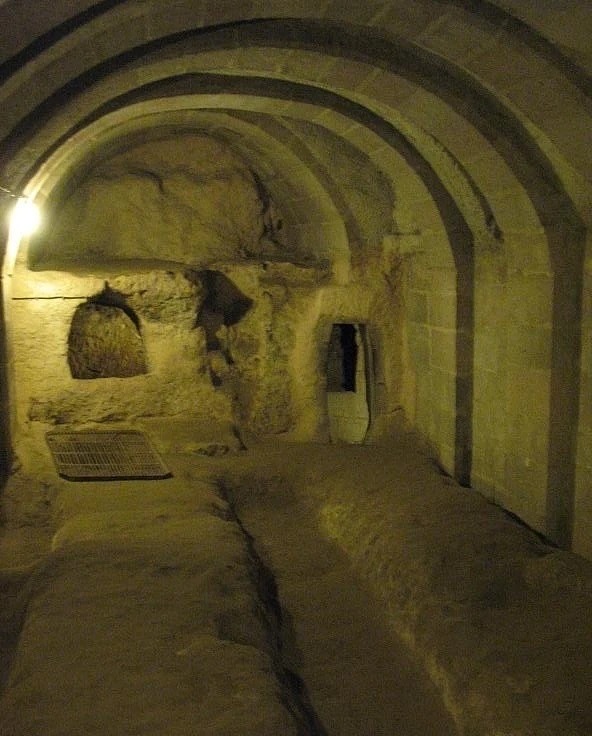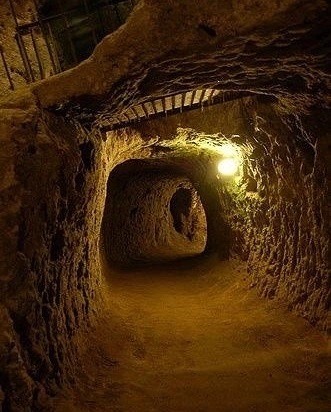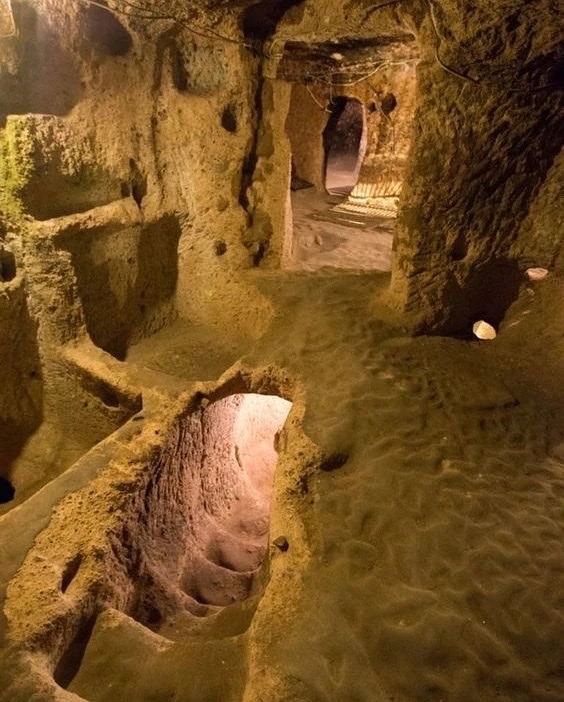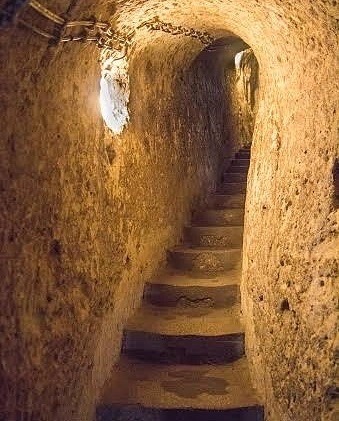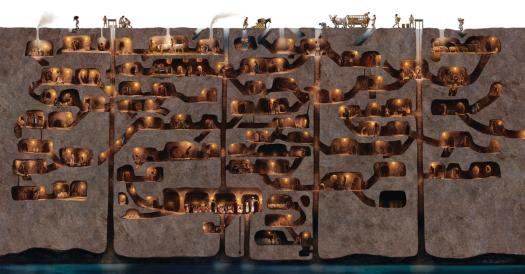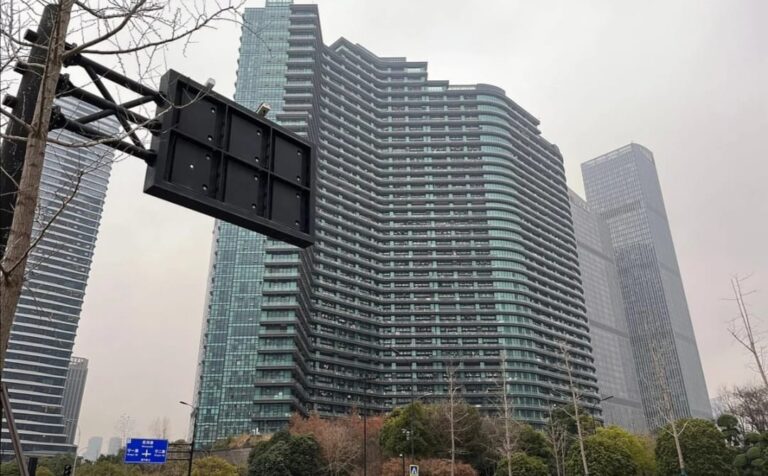Hidden beneath the rolling plains of Cappadocia, Turkey, lies one of the world’s greatest subterranean wonders — the Derinkuyu Underground City. Carved more than 1,500 years ago, this vast labyrinth plunges over 280 feet (85 meters) into the earth and could shelter as many as 20,000 people. Entire communities lived here, complete with stables, wine cellars, kitchens, wells, and even schools.
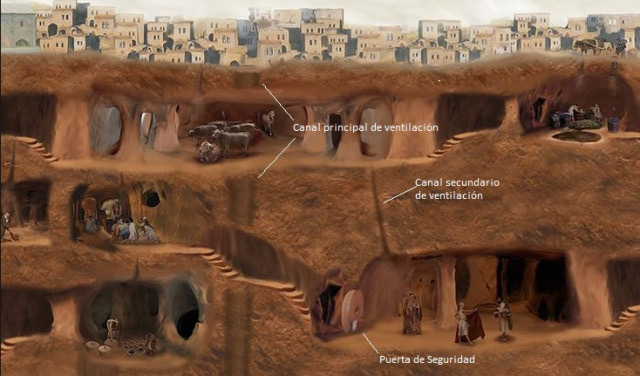
The underground metropolis wasn’t just about survival — it was a masterpiece of engineering. Narrow passages and hidden doors protected its inhabitants from invaders, while complex ventilation shafts ensured fresh air reached even the deepest levels. Water wells were carefully designed so enemies on the surface couldn’t poison them.
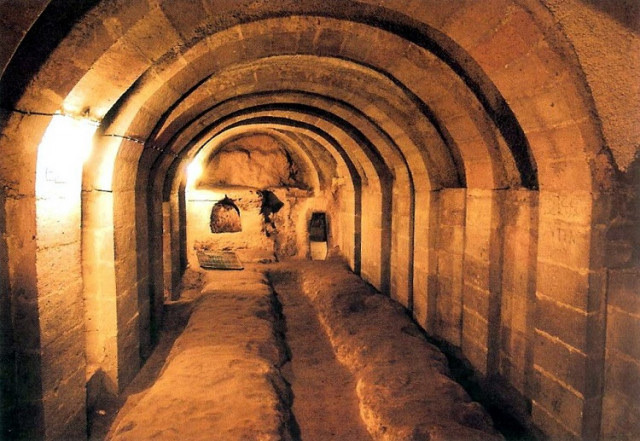
Historians believe early Christians expanded Derinkuyu to hide from Roman persecution, though its origins may trace back to the Phrygians centuries earlier. Stepping inside feels like traveling into another world — a silent city where stone walls whisper stories of fear, resilience, and innovation.
As one historian put it: “Derinkuyu is not just a shelter, it is a reminder of humanity’s instinct to adapt and endure.”
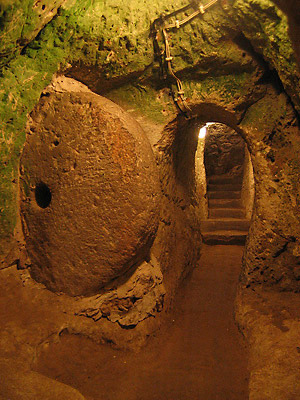
Today, parts of the city are open to visitors, offering a haunting yet awe-inspiring glimpse into the lives of those who once made their homes underground. Walking its dark tunnels is a humbling reminder of how far people would go to protect their families and preserve their way of life.
🕳️✨ Derinkuyu remains one of the most extraordinary examples of human survival and ingenuity — a hidden city beneath a city.
